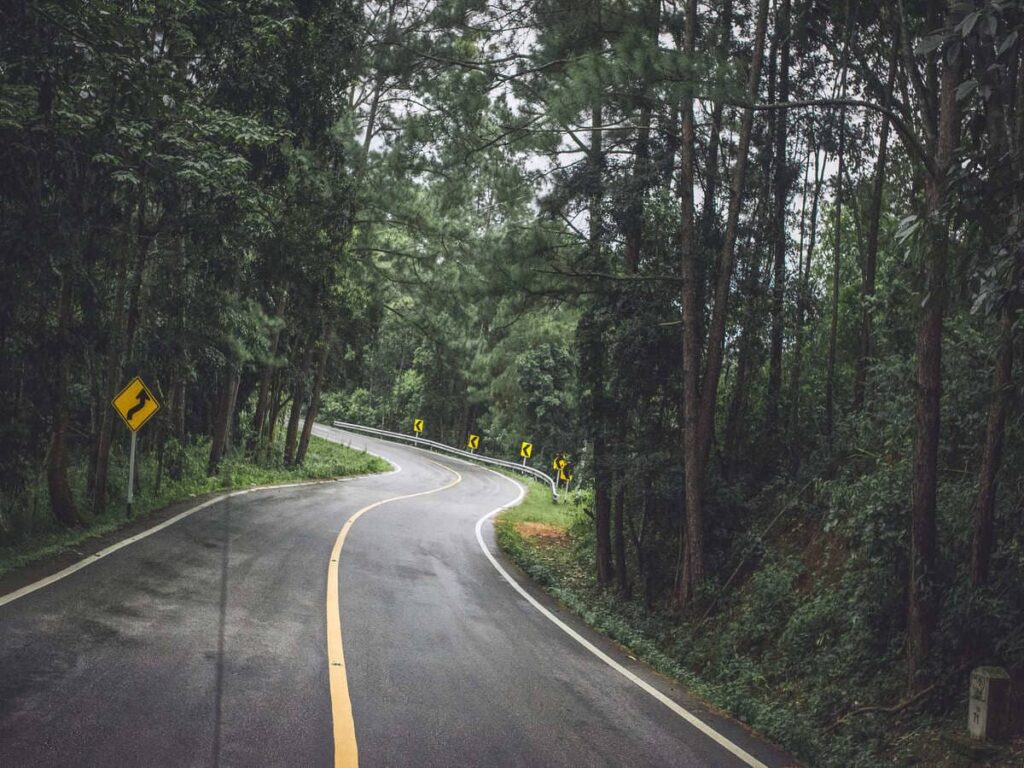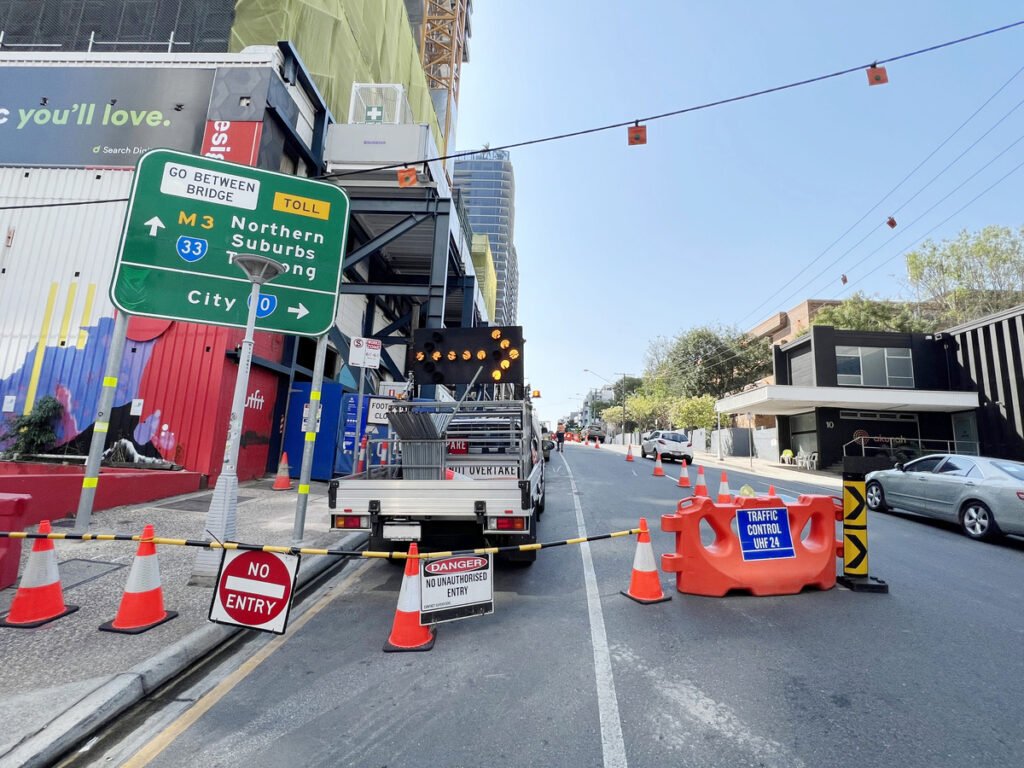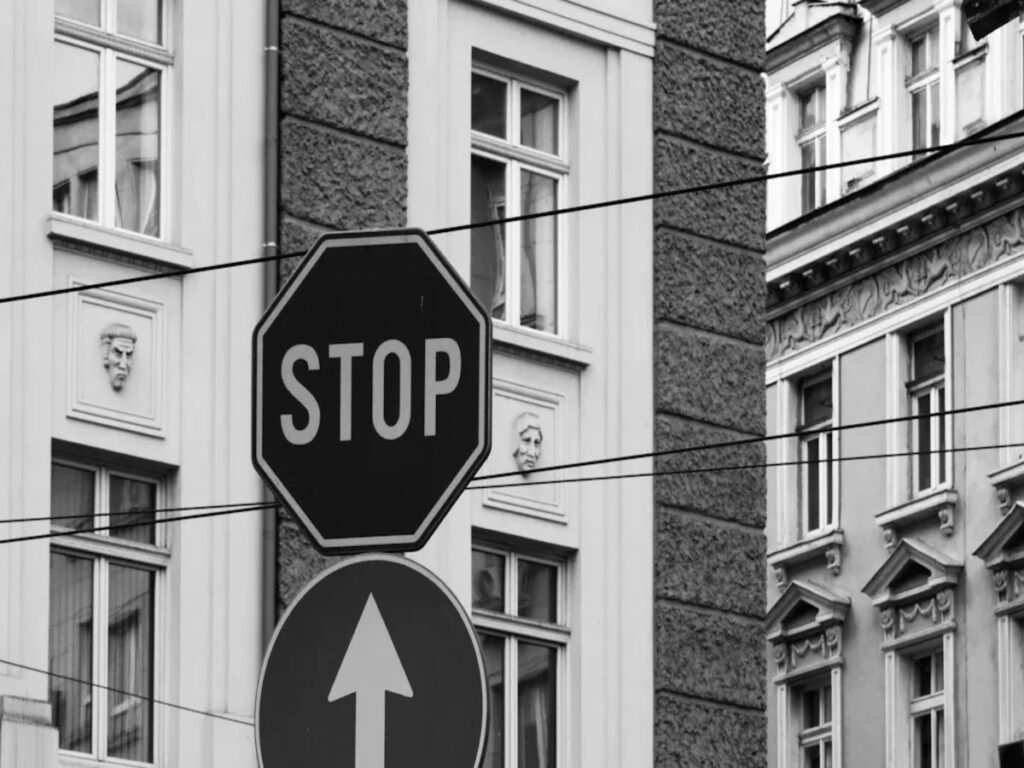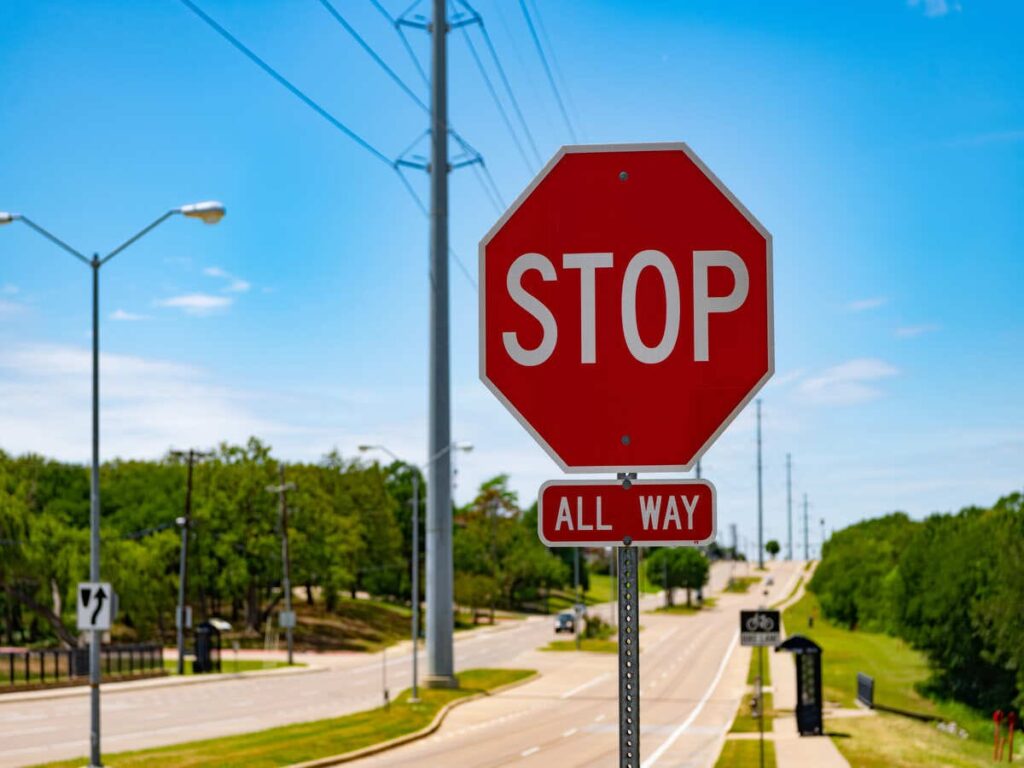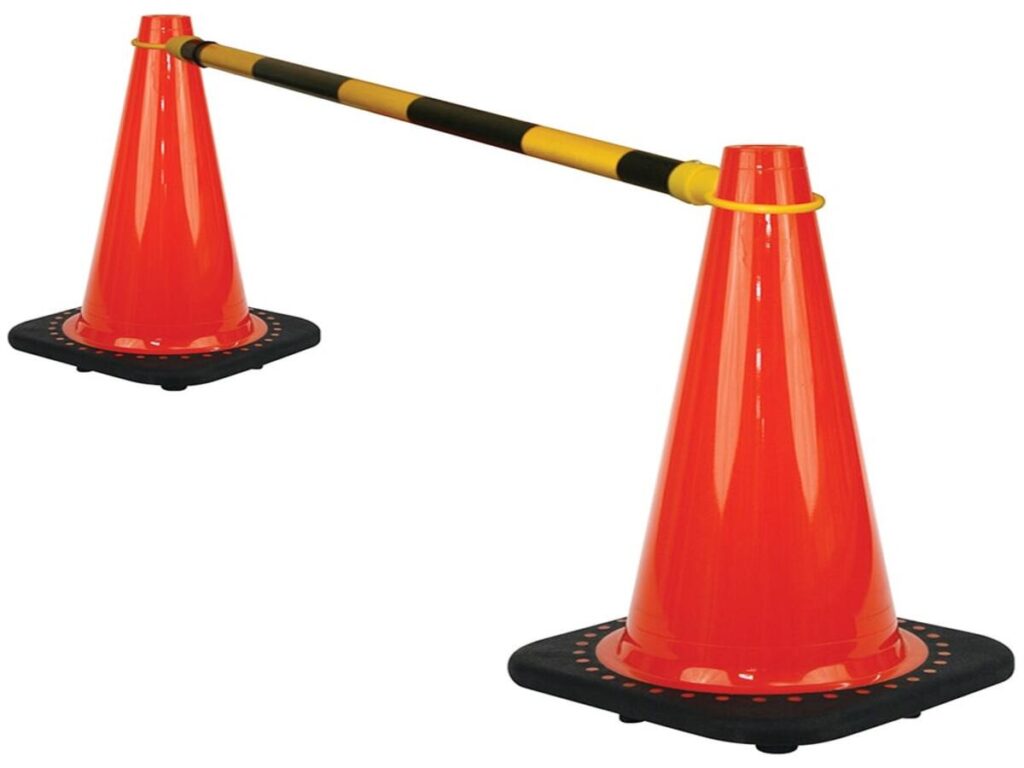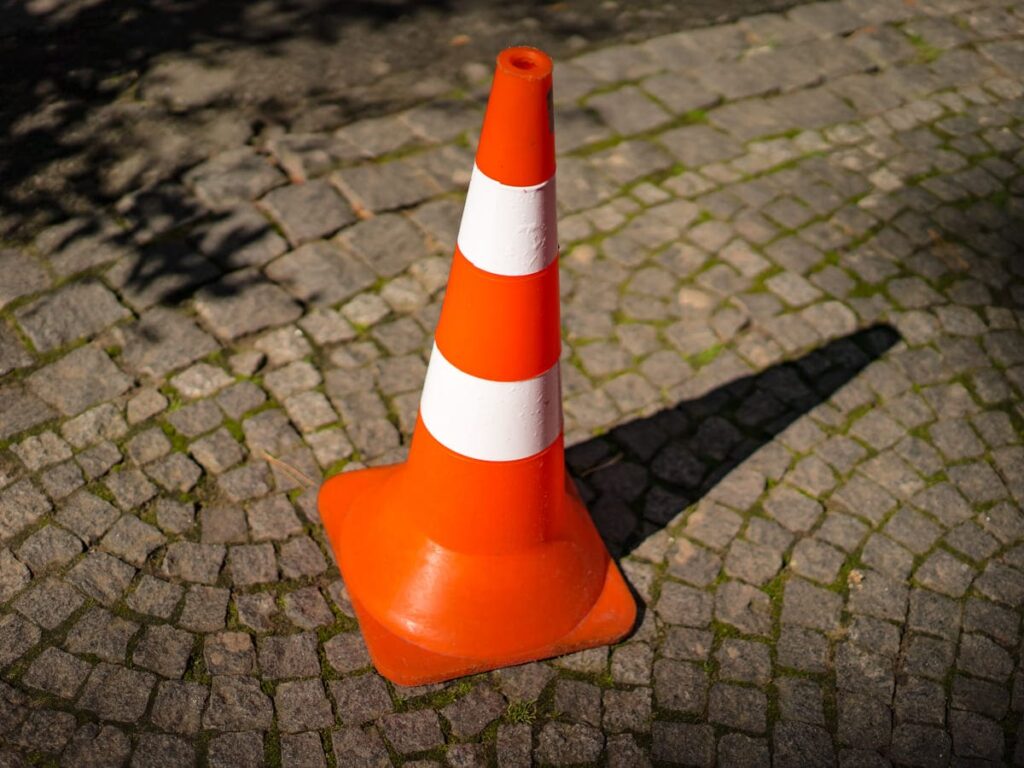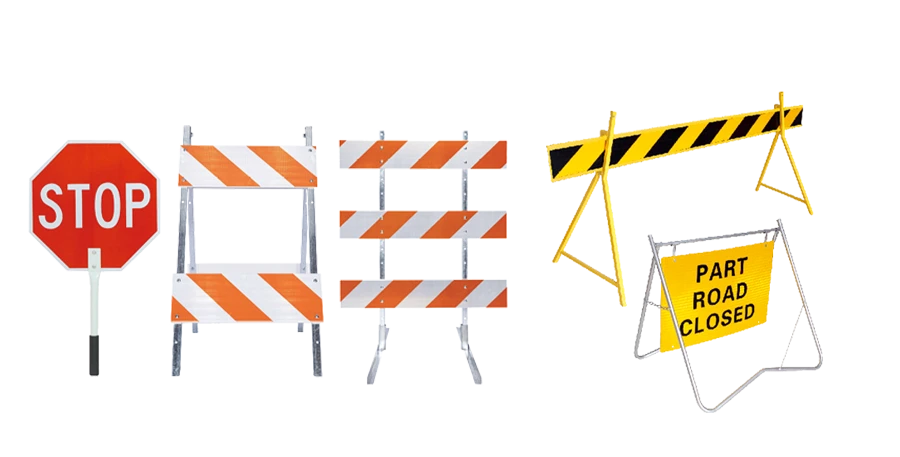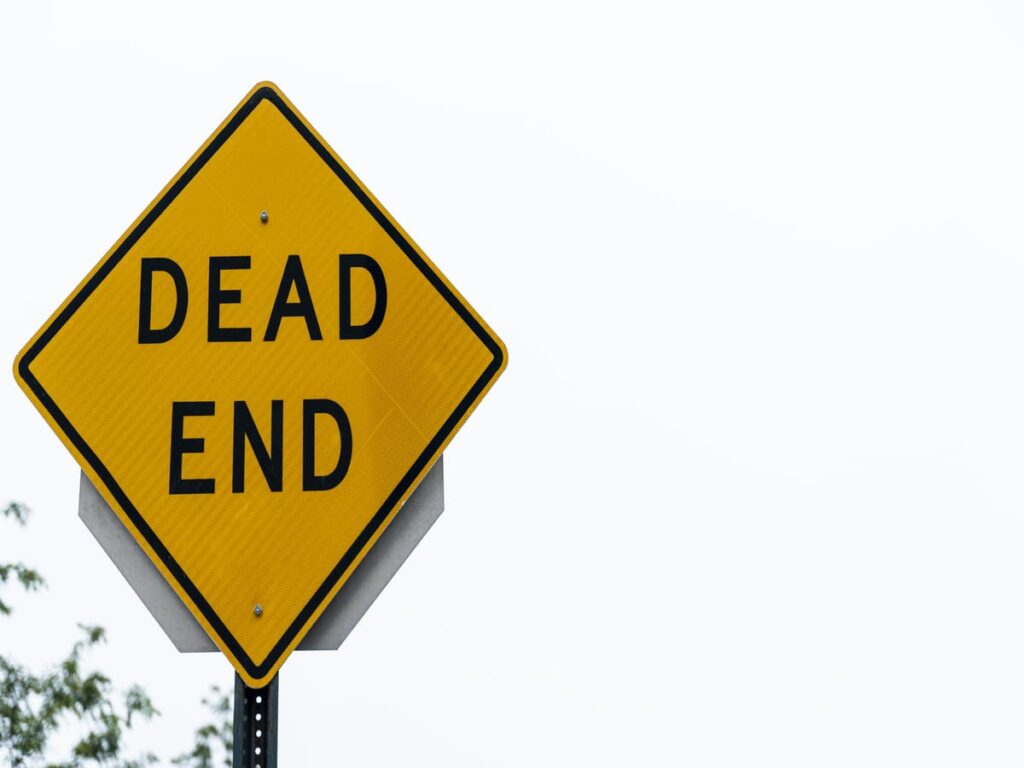
A diamond-shaped yellow sign is easy to see on the road. This warning sign uses a bright color and bold look to get every driver’s attention. People find these signs in the warning signs group to warn them about sharp turns, people crossing, or changes ahead. When cities and companies pick custom traffic signs, they must follow rules and state laws. MUTCD-compliant warning signs help keep everyone safe and make traffic easier to manage.
Following MUTCD standards gives real safety benefits:
- These rules help signs give clear messages, which lowers crash risks.
- Signs look the same everywhere, so drivers get less confused, even if they drive far.
- Not following the rules can cause legal and money problems, so following them is important.
Picking the right sign and planning where it goes can really help. Good choices make roads safer and give lasting value.
Key Takeaways
- Diamond shaped yellow signs warn drivers about dangers. Their bright color and shape catch your eye. This helps keep people safe on the road.
- MUTCD standards make sure signs look the same everywhere. This helps drivers understand signs better. It also helps stop accidents from happening.
- Picking the right retroreflective material is very important. On busy roads, Diamond Grade sheeting is best. It helps drivers see signs at night or in bad weather.
- Signs need regular care to work well. Checking signs every few months keeps them easy to see. This also saves money over time.
- Putting signs in the right spot helps drivers see them. Signs should be 200-400 feet before dangers. They should be 5-7 feet above the ground so drivers notice them.
Diamond Shaped Yellow Sign Basics
Definition and Purpose
A diamond shaped yellow sign is easy to notice on roads. Its bright color and simple look grab drivers’ attention fast. The main job of this sign is to warn about dangers or changes ahead. Drivers see these signs before sharp turns, near road work, or where people cross. Yellow means caution, so drivers slow down and watch closely.
The Manual on Uniform Traffic Control Devices (MUTCD) says these signs warn about certain road conditions. They usually have a black border and show symbols or words for the hazard. On busy roads with more than one lane, MUTCD says the sign must be at least 36 by 36 inches. Some signs use a fluorescent yellow-green color near schools or playgrounds to stand out more.
Role in Traffic Safety
Diamond shaped yellow signs help keep roads safe for everyone. Their look makes them easy to spot from far away. The color and shape tell drivers to expect something new ahead. These signs give drivers time to react and help prevent crashes.
Studies have checked how these signs affect safety. The table below shows what some studies found:
| Study Description | Findings |
|---|---|
| Wildlife-Vehicle Collision Study | Warning signs did not lower deer-vehicle crashes much. |
| Ice Warning Signs Effectiveness | Ice warning signs did not make roads safer or cut accidents. |
| Enhanced Wildlife Warning Signs | Some special signs slowed cars, but crashes stayed about the same. |
The results are mixed, but the color and design still help drivers pay attention. Putting signs in the right place and using clear messages are important for safety.
Retroreflective Materials in Road Signs
Understanding Retroreflectivity: Grades and Visibility Impact
Retroreflective materials help signs shine when headlights hit them. These materials bounce light back to drivers. This makes signs easy to see at night or in bad weather. Not all retroreflective materials work the same way. Some are brighter and last longer than others.
There are three main types of retroreflective sheeting for diamond shaped yellow signs:
- Engineer Grade (EG): This is the basic type. It gives medium brightness. It works well on roads with less traffic or where high visibility is not needed.
- High Intensity Prismatic (HIP): This type is much brighter. It is good for busy roads. Drivers can see these signs from farther away, even at night.
- Diamond Grade (DG): This is the best type. It is the brightest and lasts the longest. It helps drivers see signs in dark or stormy weather.
The table below shows how each sheeting type compares for yellow signs:
| Sheeting Type | Yellow Reflectivity (cd/lx/m²) |
|---|---|
| I (Engineer Grade) | 50 |
| II | 100 |
| III | 170 |
| IV | 270 |
| VIII | 525 |
| IX | 285 |
| XI | 435 |
Diamond Grade has the highest numbers. This makes it the best choice for places where safety is very important.
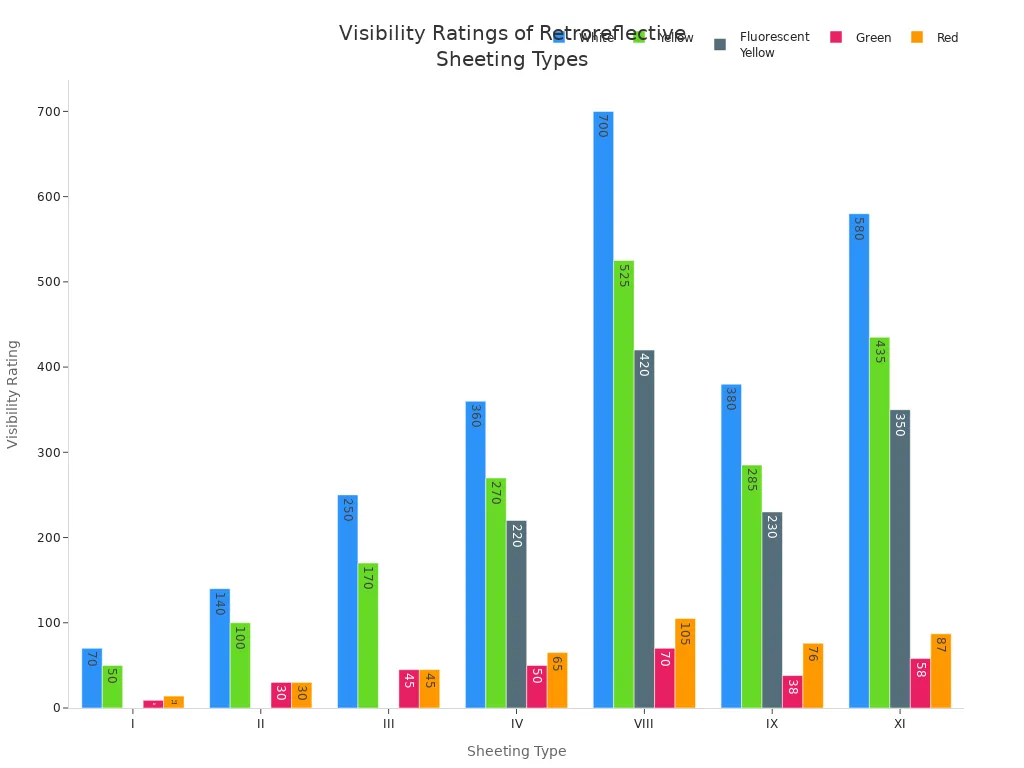
High Intensity Prismatic sheeting usually lasts 10–12 years. Diamond Grade can last 12–18 years or even longer. This means you do not have to replace signs as often. It also saves money over time.
How to Select the Right Retroreflective Materials for Specific Traffic Environments
Picking the right retroreflective material depends on where the sign will go. It also depends on how many cars use the road. Each place has its own needs.
- In urban areas, there are lots of bright lights and buildings. There are also many people walking. Signs here need to be big and easy to see. High Intensity Prismatic or Diamond Grade sheeting works best. Drivers must spot signs quickly with many things around.
- In rural settings, there is less light at night. Trees or bushes can block signs. Diamond Grade helps drivers see signs from far away, even in the dark.
- On highways, cars move fast. Drivers need to react quickly. Diamond Grade sheeting gives the best visibility, even in bad weather or at night.
When picking materials, think about these things:
- How much traffic is on the road.
- How fast cars are moving.
- How far away drivers need to see the sign.
- Where the sign is placed and what kind of vehicles use the road.
For busy city roads, experts say to use materials that meet minimum retroreflectivity levels. These levels help make sure all drivers can see the signs, no matter what car or headlights they have.
Tip: Always match the retroreflective grade to the place. Busy or dark areas need brighter, longer-lasting materials. Roads with less traffic or more light can use basic grades to save money.
Choosing the right retroreflective material keeps roads safe. It helps drivers get the warning they need, day or night, rain or shine.
Durability and Weather Resistance in Road Sign Procurement
Evaluating Material Options for Long-Term Durability
Picking the right materials helps a diamond shaped yellow sign last longer. Traffic managers want signs that can handle bad weather and lots of use. Aluminum panels do not rust and keep their color bright. ORAFOL vinyl stocks make the sign stronger and help it stay nice. Protective laminates stop scratches and block chemicals. High-intensity reflective sheeting makes signs easy to see and lasts a long time. UV-stabilized ink systems keep colors from fading, even in strong sun. Chemical-resistant laminates protect signs from acids and solvents near busy roads.
Here’s a quick look at popular materials and their benefits:
| Material | Benefits |
|---|---|
| ORAFOL vinyl stocks | Strong and stands up to daily use. |
| Aluminum panels | Sturdy and does not get damaged by weather. |
| Protective laminates | Makes signs tougher and stops scratches and chemicals. |
| High-intensity reflective sheeting | Easy to see in low light and lasts a long time. |
| UV-stabilized ink system | Stops fading from sunlight and keeps signs looking new. |
| Chemical-resistant laminate | Blocks damage from acids, bases, and solvents. |
Traffic signs often use UV blockers tested for sunlight. Many signs work in very hot or cold weather, from –40 °F to 200 °F. Chemical-resistant coatings help signs last longer near busy roads or factories.
Estimating Lifespan and Maintenance Needs for Optimal Cost Efficiency
How long a yellow diamond-shaped road sign lasts depends on its material and where it is. Aluminum signs last about 7 to 10 years outside. Plastic signs stay good for 5 to 7 years. Wood signs can last 10 years if cared for. Vinyl banners only last 2 to 3 years. Aluminum signs do not rust or fade, so they keep their color and design. They are also light, so they are easy to put up.
The weather and where the sign is placed matter a lot. UV rays can make colors fade, but UV-stabilized inks help slow this down. Water and road dirt can hurt signs, so protective coatings help them last. Signs with waterproof glue and rust protection last up to 40% longer in tough places.
Taking care of signs helps them work well. Teams should check each sign every three months. They look for clear symbols, bright colors, and strong mounting. Signs with tough laminates and high-intensity sheeting need less fixing, which saves money.
| Cost Driver | Typical Impact on Price |
|---|---|
| Substrate | Vinyl (baseline) vs. aluminum (+50–100%) |
| Reflective sheeting | ORALITE® or microprismatic (+30–40%) |
| Laminate grade | Standard (1.5 mil) vs. heavy-duty (3 mil) (+10–20%) |
Tip: Checking signs often and picking good materials keeps traffic projects safe and saves money.
Sign Size and Placement
MUTCD Guidelines for Sizing and Placement of Traffic Signs
Picking the right size for a diamond shaped yellow sign is important. MUTCD gives rules for how big signs should be on different roads. Bigger signs are better for fast or busy roads. Drivers need more time to see and react. Smaller signs are okay for slow or quiet streets.
Here’s a quick look at the MUTCD size standards for diamond shaped yellow signs:
| Description | Conventional Road | Expressway | Freeway | Minimum |
|---|---|---|---|---|
| Diamond | 750 x 750 mm (30 x 30 in) | 900 x 900 mm (36 x 36 in) | 1200 x 1200 mm (48 x 48 in) | 600 x 600 mm (24 x 24 in) |
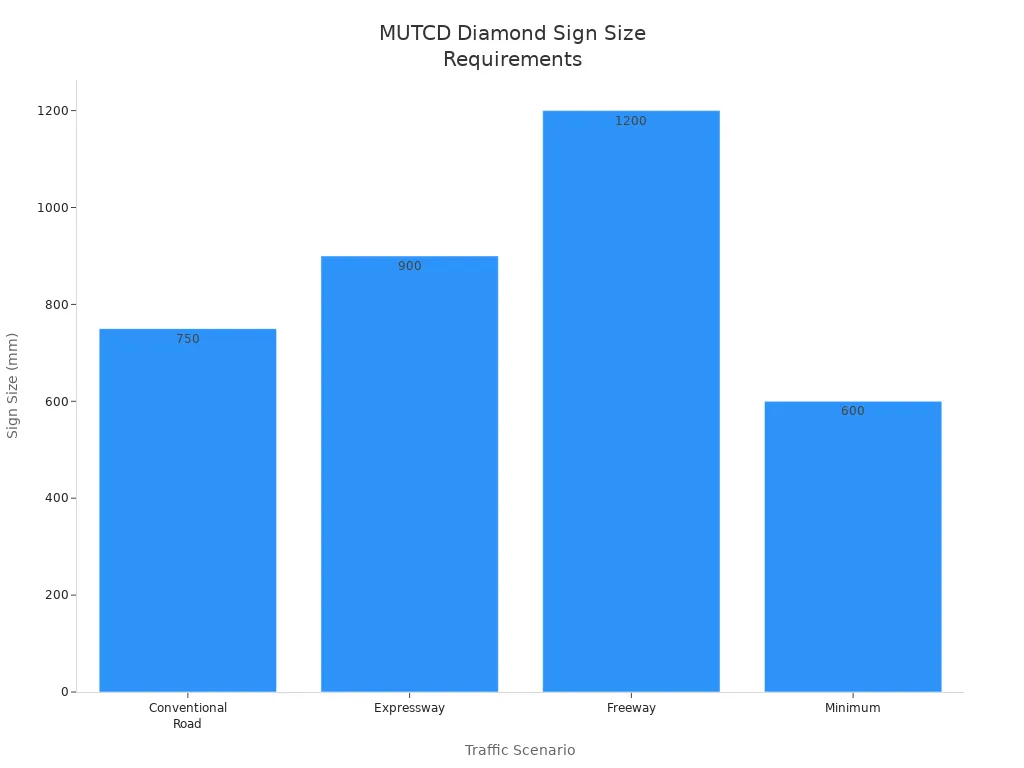
Standard size signs work well on regular roads. Bigger signs are needed for expressways and freeways. Sometimes, extra large signs are used for special cases. These can be for high speeds, lots of cars, or places where drivers need more warning.
| Sign Type | Recommended Size | Application Conditions |
|---|---|---|
| Conventional Road | Minimum size as shown | For standard conditions |
| Freeway/Expressway | Larger sizes | For higher speeds and more traffic |
| Special Applications | Oversized signs | When speed, volume, or other factors need more legibility |
Best Practices for Sign Placement to Maximize Visibility and Effectiveness
Putting a yellow diamond shaped road sign in the right place helps keep people safe. Good placement lets drivers see the sign early and react. Here are some best ways to put up diamond shaped yellow signs:
- Put the sign before the danger so drivers have time to slow down or move over.
- Use portable signs for short-term changes, like road work or emergencies.
- Add things like small solar lights for night or foggy days.
- Make sure the sign is about 5 to 7 feet above the ground.
- Keep the sign clear of trees, poles, or anything that blocks it.
- Point the sign toward oncoming cars so it is easy to read.
Tip: The right size and spot for a sign keeps traffic safe and helps everyone on the road.
Compliance and Customization of Diamond Shaped Yellow Signs
Ensuring Compliance with MUTCD and Local Regulations
Every custom traffic signs project starts with a big question. Does the sign follow all the rules? The Manual on Uniform Traffic Control Devices (MUTCD) sets main standards for warning signs. Local governments sometimes add extra rules. These rules can change how a diamond shaped yellow sign looks or where it goes.
Here’s a simple look at how MUTCD and local rules compare:
| Requirement | MUTCD Compliance | Local Regulations |
|---|---|---|
| Color and Shape | Standard colors and shapes for signs | May change for local needs |
| Size and Legibility | Minimum sizes based on speed | Local changes possible |
| Retroreflectivity | Must meet visibility standards | Local standards may be different |
| Placement, Height, Offset | Set mounting heights and offsets | Local rules may allow changes |
MUTCD rules help keep roads safe. They make sure signs look the same everywhere. Local rules might change color or size for special needs. For example, a town might want a bigger sign near a school. Some places use brighter colors in busy areas.
Agencies check each custom traffic signs installation. They make sure it follows both sets of rules. They look at the material, reflectivity, placement, and message. Many busy roads now need Type XI Diamond Grade sheeting for better visibility. Some cities ask for special designs or permits before putting up a new sign.
Common problems can happen during installation. Here’s a table showing what audits often find:
| Compliance Issue | Description |
|---|---|
| Improper Signal Word Usage | Using yellow for ‘Danger’ instead of the right signal words. |
| Incorrect Mounting Height | Signs placed below the needed height of 7 ft in cities. |
| Failure to Meet Retroreflectivity Standards | Signs not meeting ASTM Type IV retroreflectivity rules. |
Note: Checking for these problems early helps avoid expensive fixes. It keeps every custom traffic signs project on track.
Customization Options for Tailored Traffic Control Solutions
Custom traffic signs do more than just follow rules. They help solve special problems on the road. Agencies can add features to a sign and still meet all standards. The key is to balance creativity with the rules.
Here are some popular ways to customize a yellow diamond shaped road sign:
| Customization Option | Description |
|---|---|
| Logo Integration | A small logo panel can be added. It should be no bigger than one-third of the sign’s height. |
| Supplemental Text Fields | Extra fields for room numbers, chemical names, or codes can be included. |
| Bilingual Layouts | Options for two languages, like English and Spanish, with equal font size and weight. |
Agencies want their custom traffic signs to stand out. They might add a city logo, a department name, or a second language. The design must use the right color, shape, and size. The message should be clear and easy to read.
To keep every custom traffic signs project compliant, agencies follow simple steps:
- They check all federal and local rules before designing.
- They use approved materials and retroreflective sheeting.
- They make sure the sign placement and height match all rules.
- They get permits for special designs or decorations.
Tip: Always work with a supplier who knows MUTCD and local rules. This helps every custom traffic signs project go smoothly from start to finish.
Custom traffic signs help cities and companies make roads safer. With the right design and focus on rules, every diamond shaped yellow sign can fit any traffic project.
Cost-Benefit Analysis
Premium vs. Economy Diamond Shaped Yellow Signs
When choosing custom yellow diamond-shaped traffic signs, many people wonder if premium signs are worth the higher price. The answer depends on the needs of the traffic project and the environment. Premium signs, like those made with Diamond Grade sheeting, cost more at first but last much longer than economy signs.
Let’s look at how the two types compare:
- Type I (Engineer Grade) signs cost about $80 each. They last around 7 years. That means the yearly cost is about $11.43.
- Diamond Grade signs cost about $140 each. They last up to 15 years. The yearly cost drops to $9.33.
- Over time, Diamond Grade signs save about $2.10 each year compared to Engineer Grade.
Premium custom traffic signs also need less maintenance. They keep their color and reflectivity longer. This means fewer replacements and less time spent on installation. For busy roads or places with harsh weather, premium signs often give better value.
Total Cost of Ownership
The total cost of owning a diamond shaped yellow sign includes more than just the price tag. It covers how long the sign lasts, how often it needs fixing, and how much it costs to replace. Choosing the right sign for each traffic area can save money and keep roads safer.
Here’s a quick comparison:
| Sign Type | Initial Cost | Lifespan | Annual Cost | Annual Savings |
|---|---|---|---|---|
| Type I (Engineer Grade) | $80 | 7 years | $11.43 | N/A |
| Diamond Grade | $140 | 15 years | $9.33 | $2.10 |
- Higher-grade sheeting leads to long-term savings.
- Diamond Grade costs more at first but saves money every year.
- Fewer replacements mean less work and fewer interruptions for custom traffic signs installation.
For low-traffic areas, economy signs may work well. For highways or busy city streets, premium custom traffic signs offer better value over time. The right design and material choice help every custom traffic signs project stay on budget and meet safety goals.
Tip: Always match the sign type to the traffic level and environment. This keeps costs down and safety up.
Picking the best diamond shaped yellow sign is about more than cost. Teams need to look at signs every few months. They should make sure colors stay bright. Using strong materials helps signs last longer. Good suppliers follow MUTCD rules for size, border, and where to put the sign, as shown below:
| Aspect | Details |
|---|---|
| Sign Shape | Diamond-shaped, 30″×30″ or 36″×36″ |
| Placement | 200–400 feet before hazard, 5 feet above roadway |
| Visibility | Type I or higher retroreflective sheeting |
Checking yellow diamond shaped traffic signs often and picking good materials keeps roads safe. These steps also help save money in the long run.
FAQ
What does a diamond shaped yellow sign mean?
A diamond shaped yellow sign warns drivers about changes or hazards ahead. It tells them to slow down and stay alert. People see these signs near sharp turns, crosswalks, or construction zones.
How long does a diamond shaped yellow sign last?
Most aluminum yellow diamond-shaped road signs last 7 to 15 years. Signs with premium reflective materials can last even longer. Regular checks help keep signs in good shape.
Which retroreflective grade should someone choose for a busy road?
For busy roads, Diamond Grade sheeting works best. It gives the brightest reflection and lasts the longest. Drivers see these signs clearly at night or in bad weather.
Tip: Always match the sign’s reflectivity to the road’s traffic level for better safety.
Where should a diamond shaped road sign be placed?
| Road Type | Placement Distance Before Hazard |
|---|---|
| City Streets | 100–200 feet |
| Highways | 200–400 feet |
Signs should stand 5 to 7 feet above the ground so drivers can see them easily.

